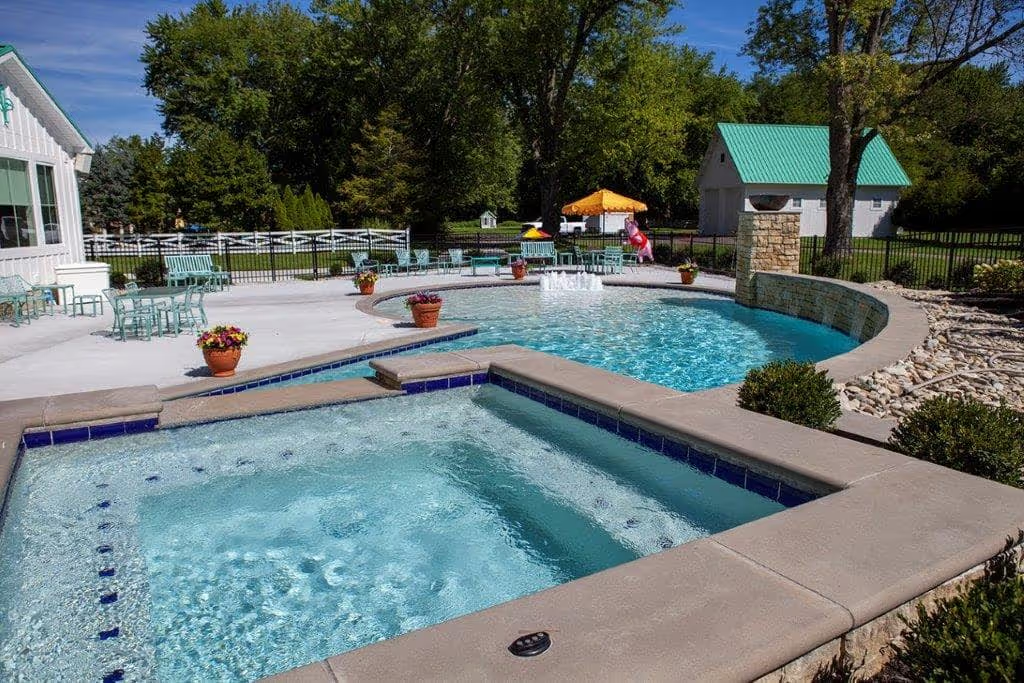- Stone Center
- Blog
Stone Retaining Wall Cost Factors: 2025 Guide for Ohio Homeowners
23/7/2025
5/23/2025
Stone Retaining Wall Cost Factors: 2025 Guide for Ohio Homeowners

Retaining walls do more than just add aesthetic charm — they are built to hold back an embankment of soil from a lower area. They control erosion, create flat areas for use, and can be made from masonry, wood, or wallstones.
Here's what you can expect to pay for a retaining wall in Ohio:
- Cost per square foot: $20-$55
- Cost per linear foot: $40-$360 (depending on height)
- Average total cost: $6,000-$11,000 for a standard 50' wall
Keep in mind — this is just an average. The actual cost of a retaining wall can be higher or lower depending on factors like materials used, the slope of your land, the height of the wall, and the type of drainage system installed. We’ll cover all of those factors in more detail below.
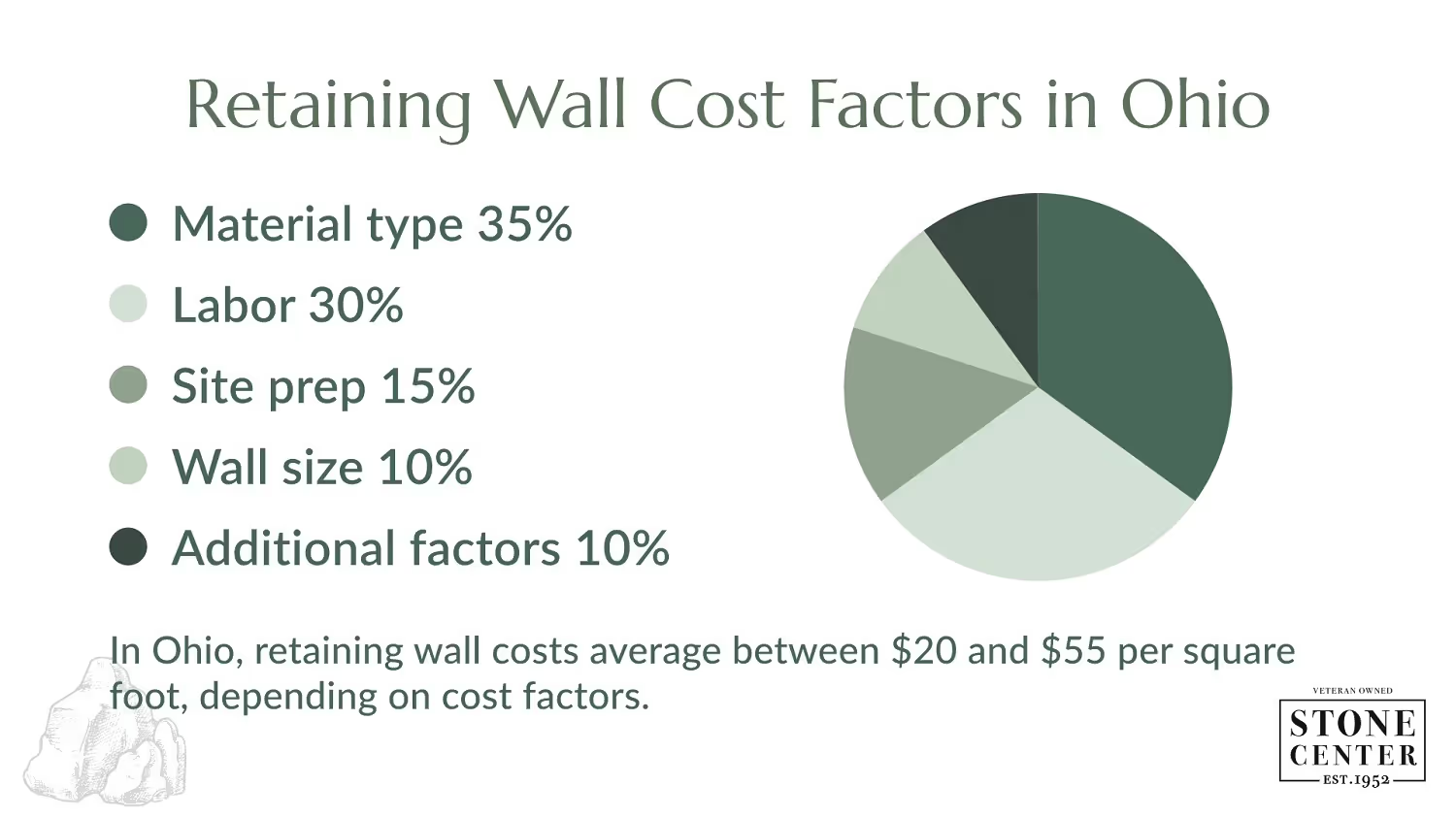
Retaining Wall Cost in Ohio vs. the U.S. Average
In 2025, Ohio homeowners can expect to pay between $20 and $55 per square foot for a retaining wall, with most people spending around $23 per square foot. For a 50-foot-long wall, total costs typically range from $4,000 to $10,000, depending on the height and materials used.
The average cost of a retaining wall across the U.S. is $4,000 to $10,000 for a 50-foot-long wall, according to HomeGuide. In Ohio, prices are slightly higher on average due to seasonal installation limits, clay-heavy soil in many areas, and increased demand for erosion control near rivers and hillsides.
Retaining Wall Cost by Material Type
Not only do you have to pay for the labor of building a retaining wall, but the concrete, stone, steel, and other materials are also very costly. The table below shows the average cost per square foot for different retaining wall types:
Stone Retaining Wall Cost
Limestone, slate, and travertine all fall under the category of stone retaining walls. We noticed most people were interested in the cost of limestone retaining wall blocks. But depending on the type of stone, you can expect to pay anywhere from $13 to $80 per square foot. And for those wondering about the cost of natural stone retaining wall blocks, it's pricey. You can expect to pay up to $200 per square foot, meaning the cost of stone retaining wall blocks is over 10x the price of concrete blocks.
Do you want to know how much stone is needed for your project? Use our stone wall calculator for accurate estimates!
Vinyl Retaining Wall Cost
Vinyl is a popular material for retaining walls because it's cheap, durable, and easy to install. However, vinyl can be somewhat of a one-note product when it comes to design versatility. But it's priced at around $10 to $15 per square foot.
Railroad Tie Retaining Wall Cost
Railroad ties are typically used when building a very low retaining wall with a rustic, aged look. They are made out of recycled wood and are very durable, weather-resistant, and long-lasting. They're also less expensive than the average cost of stone retaining walls, but they require more care to avoid decay. It's priced on average around $25 to $30 per square foot.
Timber Retaining Wall Cost

Wood retaining walls are one of the most popular types for homeowners and landscapers because they provide a natural look at an affordable price ranging from $15 to $30 per square foot. You can find wooden retaining wall materials in many different species, shapes, textures, and finishes.
Brick Retaining Wall Cost
Brick retaining walls are popular among homeowners in warmer climates because they tend to hold up better than most other materials. Brick can be easily painted or stained to match the exterior of your home, as well. It's priced on average around $20 to $25 per square foot.
Rammed Earth Retaining Wall Cost
Rammed earth is a unique type of retaining wall that uses a mixture of clay and sand to create an extremely strong, long-lasting material. This material can be used for all sorts of landscape projects, including exterior walls and fences, and ranges from $20 to $25 per square foot.
Gabion Cost
Gabion walls are wire mesh boxes filled with rocks that can be used to create retaining walls. They're typically fairly inexpensive and easy to install. Gabion walls typically cost around $10 to $40 per square foot.
Concrete Retaining Wall Cost

Concrete retaining walls are the most popular option for homeowners thanks to their durability and flexibility. On average, they cost $15 to $45 per square foot.
I-Beam Retaining Wall Cost
I-beams are an engineering marvel and are a great way to create a retaining wall when you're working with a heavy load. They are typically seen as an option only when you're dealing with extremely heavy loads and need to create a very stable wall. On average, I-beam retaining walls cost $40 to $120 per square foot.
Steel Retaining Wall Cost
Steel retaining walls are a great option for those who want to create an extremely durable and long-lasting retaining wall. Steel retaining, depending on the type of wall, typically cost around $15 to $150 per square foot.
Sheet-Piling Retaining Wall Cost
When you need a retaining wall that's incredibly strong, sheet piling is the way to go. This material can create very sturdy walls in areas where the soil is very loose or eroding. At $15 to $50 per square foot, sheet piling is relatively affordable and can be used in a variety of different landscaping stone projects.
Cinder Block Retaining Wall Cost
Cinder block walls are durable and customizable, but they can be fairly expensive. They're typically priced between $20 and $35 per square foot, depending on the size and style of wall you need. This material is a great option for those looking to create a long-lasting, low-maintenance retaining wall.
Retaining Wall Cost by Size and Height
Consider the dimensions and required structural strength to calculate your retaining wall costs accurately. To find the total square footage, simply multiply the length of the wall by its height.
As the height increases, so does the cost of the large stone retaining walls. This is especially true when the wall reaches heights that require permits and inspections. For instance, a retaining wall measuring 50 feet long and two feet high differs from another that is 20 feet long but five feet high. Even though both stand at 100 square feet, the former is so low that any type of construction material, even pressure-treated lumber, can suffice.
Additional Cost Factors
Beyond the basic materials and dimensions, several other factors can influence the final cost of your retaining wall project.
Location
The price of a retaining wall depends on two things: where it's located and how much support it needs. No two walls are alike, so before you can accurately compare costs, you need to understand the purpose of your wall and make sure it will be able to withstand the required amount of force. Here are common stone retaining wall costs per square foot:
- Driveway: $65-$160
- Swimming pool: $30-$110
- Landscape: $35-$160
- Front yard: $35-$210
- Shoreline: $130-$220
- Slope: $40-$200
- Backyard: $35-$160
Installation and Labor Costs
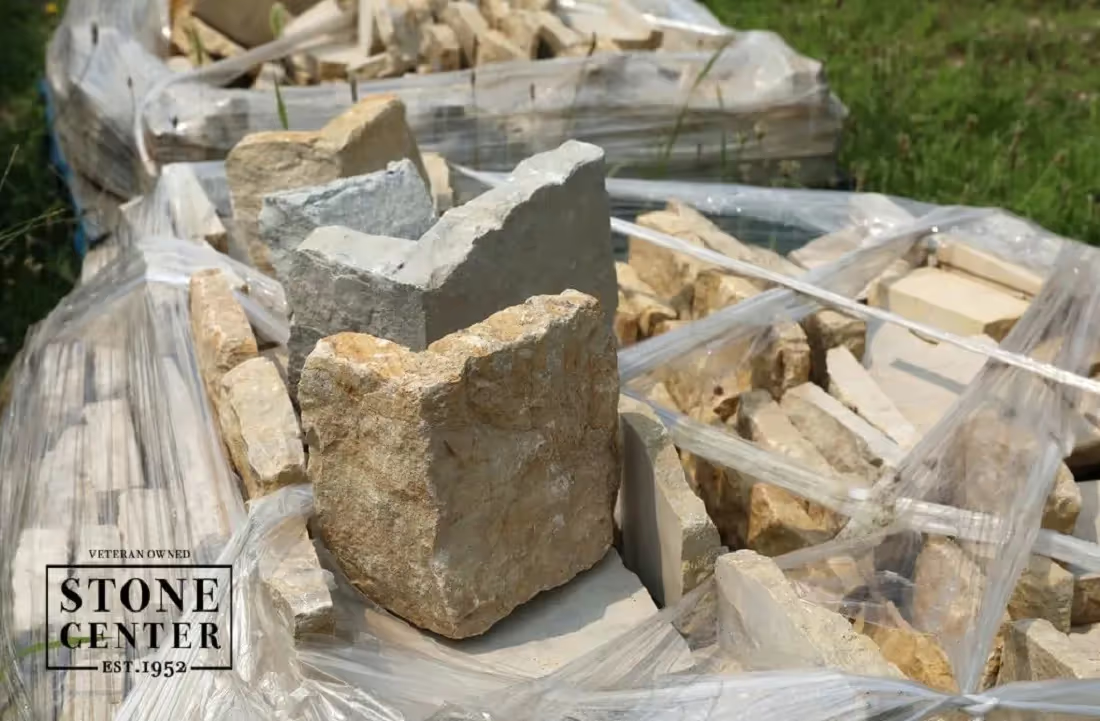
In addition to the cost of materials, you also need to take into account the hourly cost of labor when budgeting for a retaining wall. The average contractor will charge anywhere from $65-$85 per hour. If your project requires consulting with a structural engineer, be prepared to pay between $110-$200 additional dollars per hour.
Constructing safe and eye-catching rock walls is an art form that generally requires special training, so it's better to hire experienced workers for the job.
Type of Finish
If you want to add granite, brick, or stone veneer to an existing retaining wall, expect to pay $15-$45 per square foot in addition. Stone veneer retaining wall cost is usually slightly higher, as is brick veneer. Veneer-coated walls typically have concrete cinder-block walls forming their base. Adding a design to existing walls using stamped concrete usually costs $7 to $18 per square foot, with premium designs reaching $25 per square foot.
Site Preparation and Proper Drainage
Before building begins, address several essential preparations, including obtaining permits and proper site preparation.
- Land excavation and leveling costs: $600-$1,200
- Clearing rough land: $1,800-$3,500 per acre
- Tree removal: $350-$850 per tree
- Land grading: $0.50-$2.50 per square foot
- Proper drainage installation: $70-$90 per linear foot
- Demolishing an existing wall: $25-$35 per square foot
These preparations are crucial for ensuring your wall's structural integrity and preventing soil erosion over time.
Building Permits
In Ohio for 2025, building permits are generally required for retaining walls over 4 feet in height. For example, the Columbus Department of Building and Zoning Services requires permits for walls exceeding this height. Permit costs typically range from $50 to $250, depending on the wall size and your location within Ohio. Even larger walls can add approximately $600 to your project cost.
Cost to Rebuild, Replace, or Repair a Retaining Wall
If you need to rebuild or replace your existing wall, it will cost $30 to $70 per square foot. Just removing the old one costs $10-$25 less per square foot. Debris disposal is an extra charge of between $125 and $225 per cubic yard. Old retaining walls with significant damage often require replacement, which involves excavation work.
The cost to repair a retaining wall in Ohio averages $200 to $1,000, but depending on the wall’s material, height, accessibility, and type of damage, repairs can range up to $2,500 or more for major structural fixes.
DIY Retaining Wall vs. Hiring a Professional
When deciding whether to tackle a retaining wall project yourself or hire a professional, there are several important factors to consider.
DIY Installation: Is It Right for You?
Installing a stone retaining wall can cost anywhere from $20-$100 per square foot for those doing it themselves. While this might seem like a significant saving, be mindful that DIY installation works best only in certain situations:
- Shorter walls: Walls under 3 feet in height pose less risk and are easier to stabilize.
- Simple designs: Concrete blocks or timber are easier to work with.
- Level ground: Flat terrain reduces excavation and minimizes structural stress during repair.
For step-by-step guidance on building your retaining wall, check out our comprehensive guide on building a stone retaining wall.
When to Call the Experts

For most retaining walls, especially those over 3 feet tall, on sloped terrain, or requiring drainage systems, it’s ideal to hire a professional. Professional installation offers proper engineering and structural integrity, compliance with building codes and permits, and access to specialized equipment.
When hiring professionals for your project, be sure to ask these important questions:
- When considering retaining wall types and cost, what are the best materials to use and why?
- Do you have the ability to match my home's exterior with the wall color?
- Can a structural engineer help me plan a retaining wall to fit my yard slope, soil type, and drainage system?
- Will I be able to see a digital design of the wall before any construction begins?
- Are the charges for both materials and labor included in this quote?
- Are there any extra fees that apply?
- Could you provide me with a portfolio of other retaining walls you have constructed?
- Is extra drainage necessary near the foundation of this wall?
- Will you obtain the permits and schedule site inspections?
- What backfill and landscape fabric will you install behind the wall?
- What is the best way to contact the team supervisor?
How to Save Money on a Retaining Wall
There are several ways that you can save on the cost of a stone retaining wall while still getting the best quality materials and installation.
- Consider manufactured stone units: High-quality, money-saving manufactured stone units or poured concrete blocks are a great option, as they can be built quickly with minimal labor.
- Look for discounts: Many masonry contractors offer special promotions and discounts throughout the year.
- Get several quotes: It is always a good idea to get quotes from multiple contractors in order to compare prices and services.
- Choose eco-friendly materials: There are many sustainable options for retaining wall materials that can save you money and help protect the environment.
Making the Right Choice for Your Property

Now that you know more about the cost of a retaining wall, you can make an informed decision about whether to hire a professional or tackle the project yourself. Whatever option you choose, be sure to get plenty of estimates from reputable contractors and do your research on the best materials for your needs.
As the best natural stone supplier in Ohio, Stone Center has years of experience helping homeowners and landscapers install durable, beautiful retaining walls at affordable prices. Contact us today to learn more.
FAQ
.avif)
Jon, the owner of Stone Center, is a knowledgeable expert in natural stone products, specializing in various types of stone for landscaping and architectural projects. Passionate about promoting the beauty and versatility of natural stone, Jon aims to use these blogs to inspire readers with creative ideas to upgrade their homes.
How much does it cost to get a stone restored?
How much you end up spending to restore stone varies on the type of stone, the technique, and the stone’s current condition. Stone in good condition will cost less to restore, whereas stone that has a lot of wear and tear may require a longer restoration.




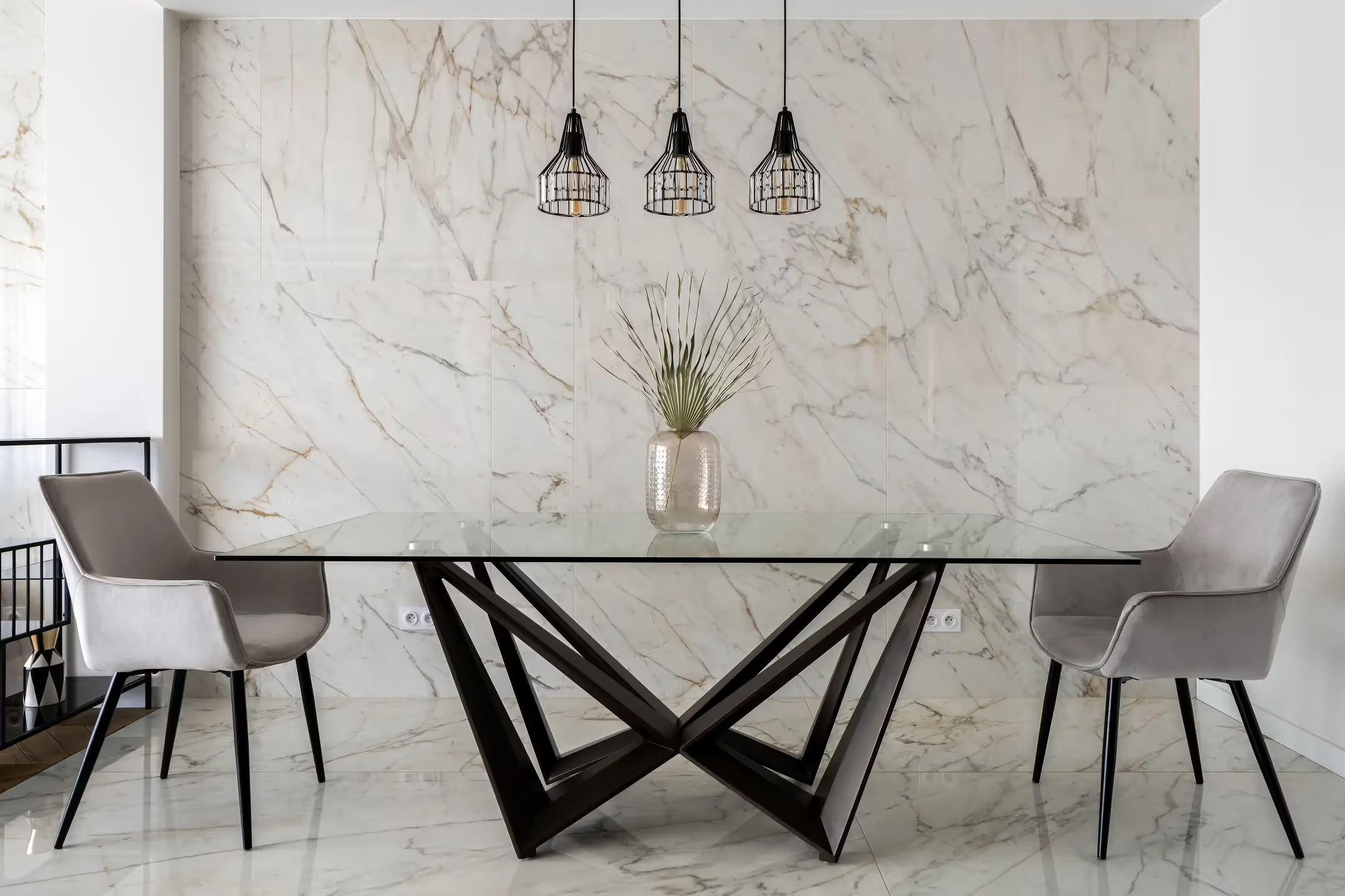
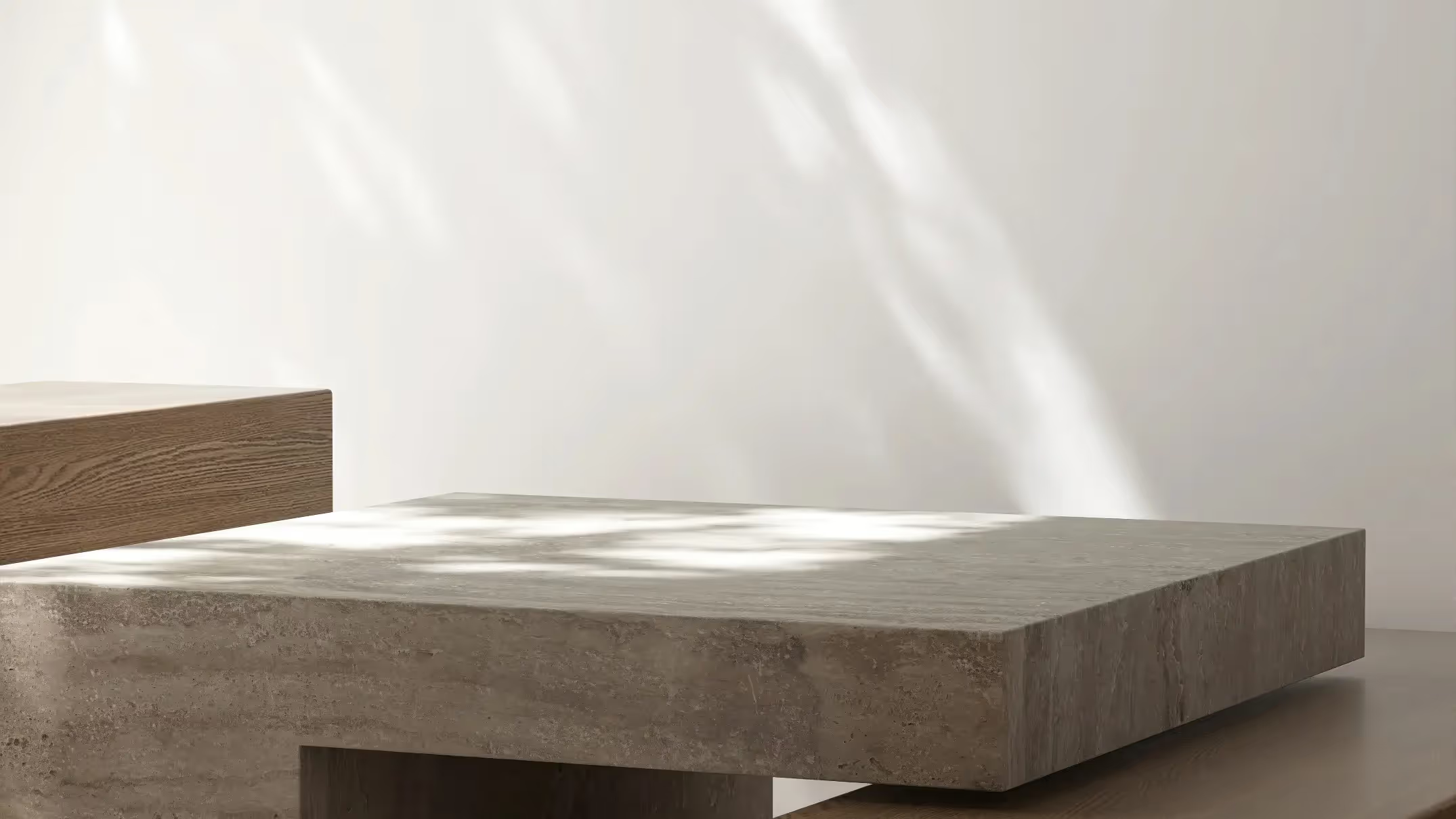
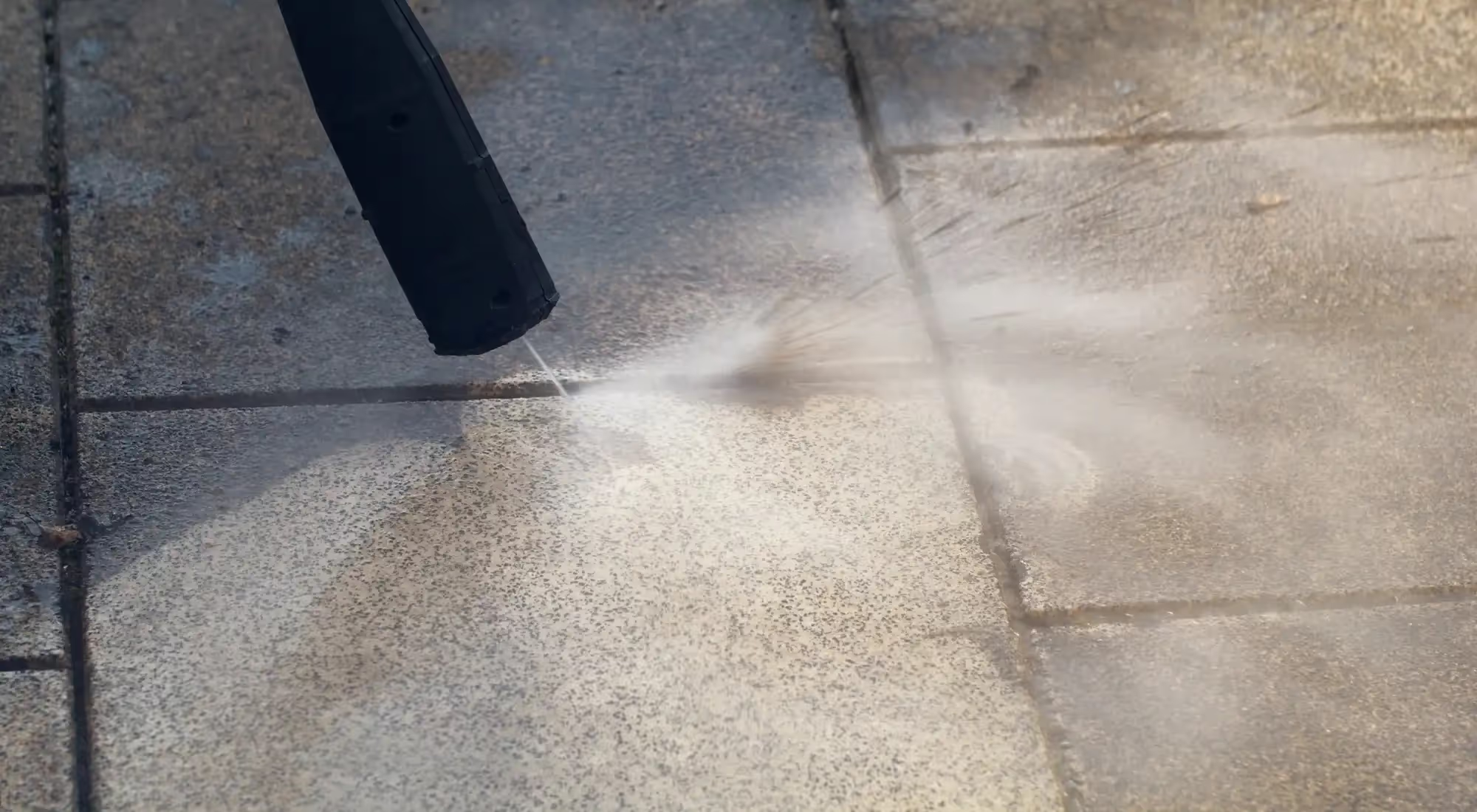
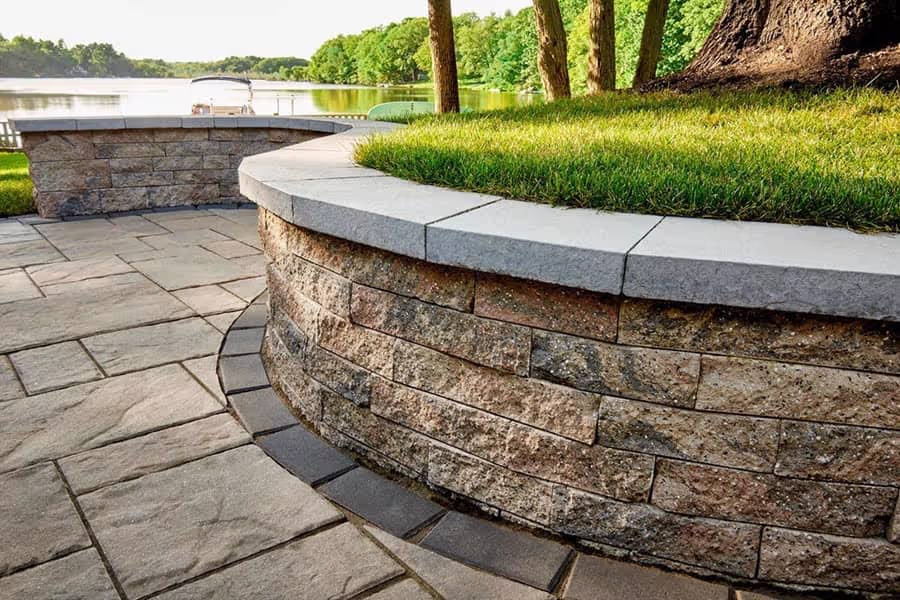
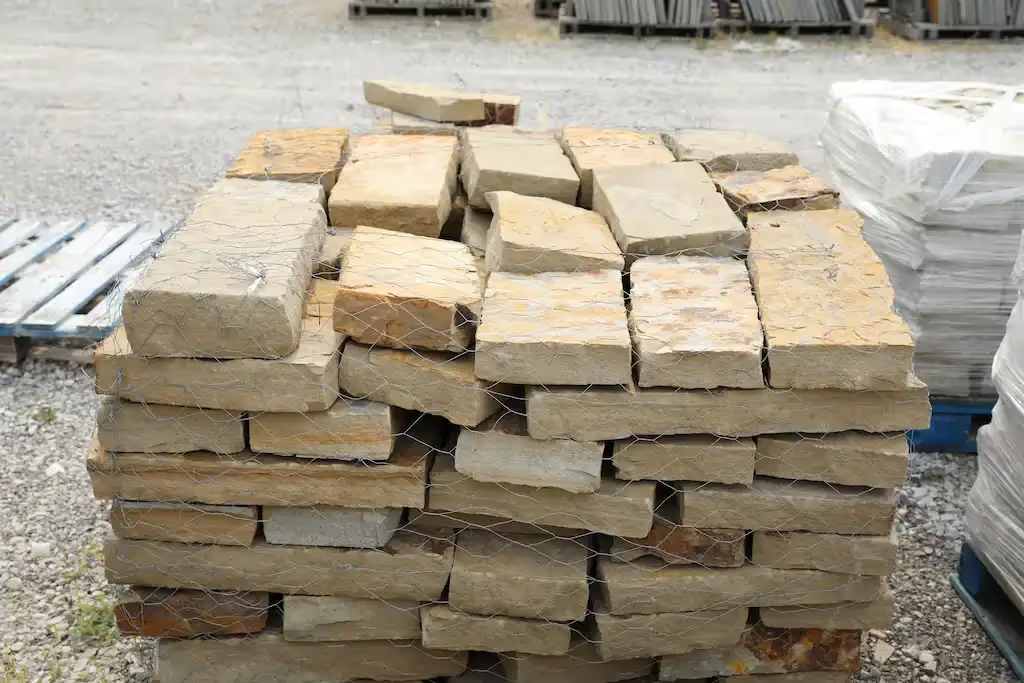
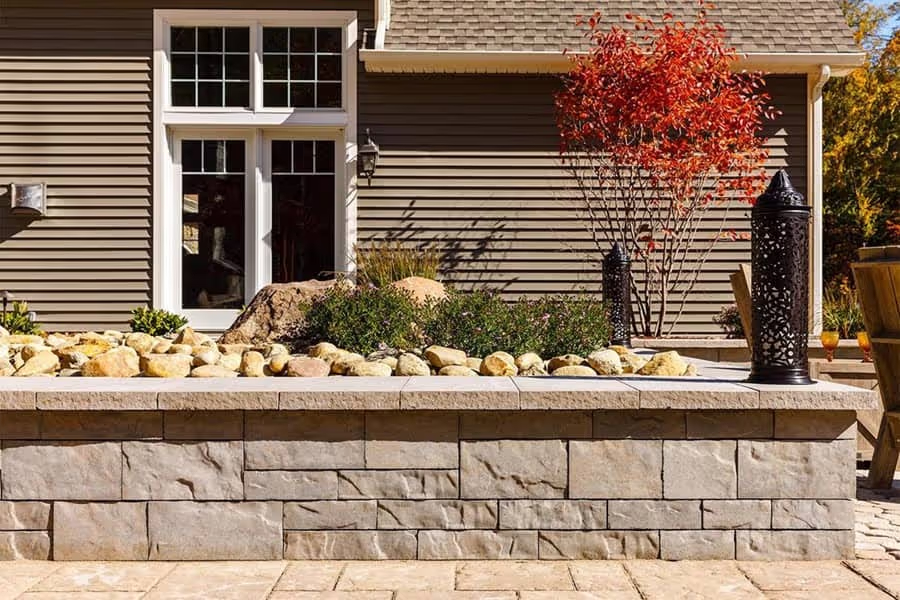
.avif)
